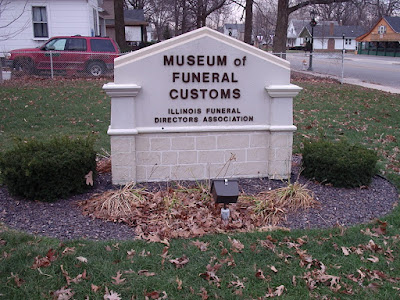
Illinois became a state in 1818, and a steady stream of settlers arrived due to land grants from the War of 1812 and the opening of the Erie Canal in New York.
The earliest settlers in northern Illinois came from the New England states. They were used to rocky soil and heavy forests. The prairies of Illinois were viewed with distrust by many.
Sure, the land wasn't nearly as hilly and studded with rocks, but there weren't many trees on it either. Yankee farmers took that to mean the soil was too poor to support trees and would therefore make lousy farmland.
Little did they know that centuries of grasses had enriched the soil, growing tall and falling back to the earth to decompose with the help of plentiful rain and sun. The land was fertile enough, but the thick thatch of grass roots was difficult to slice through with the plows available to early nineteenth century farmers.
Kate's book Ruth by Lake and Prairie tells of how Joseph Naper, born in Vermont, brought a group of settlers to Illinois in 1831. Just a few years later, another Vermont man arrived in Illinois as well. He was a blacksmith by the name of John Deere and he opened up shop about 80 miles west of Naper's Settlement in Grand Detour.
While farmers were busily clearing land, it was tough work to turn over the prairie soil with traditional cast iron plows. Deere tinkered with the shape of the moldboard to turn over the sod more efficiently and used polished cast steel instead of iron to slice through the soil with greater ease.
Deere sold the first "Plow that Broke the Plains" in 1838 to Lewis Crandall, a local farmer, who was so pleased with how it worked, soon every farmer in northern Illinois wanted one. In the next ten years, Deere sold 1000 plows and 10,000 plows in the ten years after that.
Due to a disagreement with his partner, Deere moved his operations to Moline, but you can still visit the John Deere Historic Site in Grand Detour. The site has regular hours during the summer season, but if you call and arrange a tour, you can still visit Mr. Deere's home during the winter as well.



